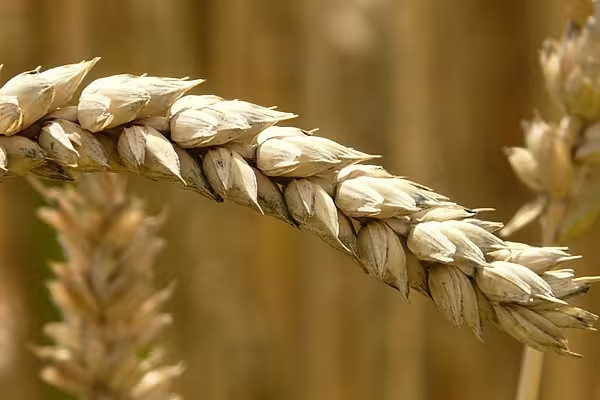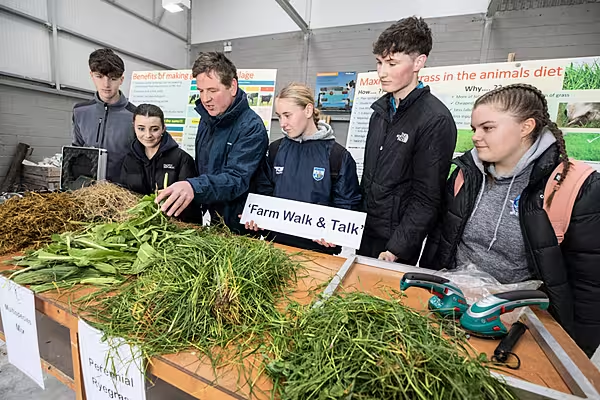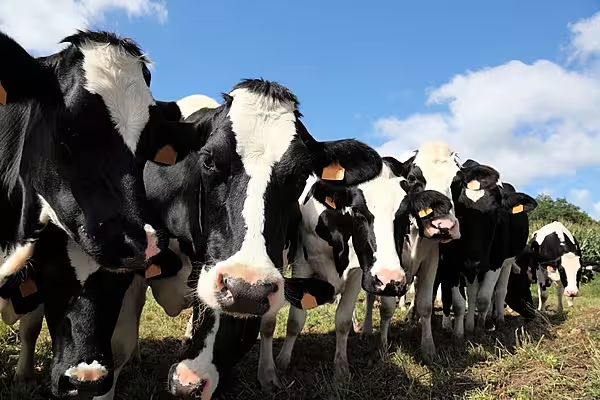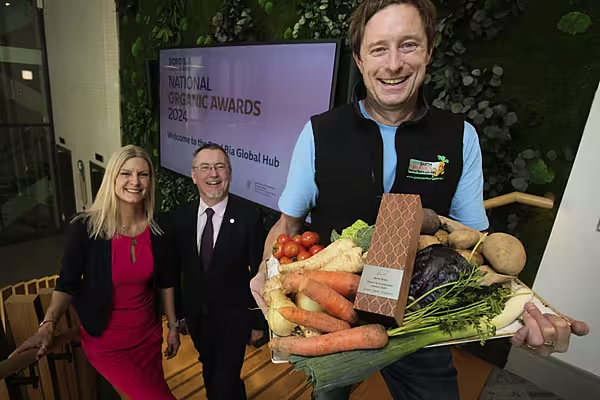World food prices increased for an 11th consecutive month in April, hitting their highest level since May 2014, with sugar leading a rise in all the main indices, the United Nations food agency said on Thursday.
The Food and Agriculture Organization's food price index, which measures monthly changes for a basket of cereals, oilseeds, dairy products, meat and sugar, averaged 120.9 points last month versus a revised 118.9 in March.
The March figure was previously given as 118.5.
The Rome-based FAO also said in a statement that new forecasts pointed to growth in both world wheat and maize output in the coming season.
Cereal Price Index Increase
FAO's cereal price index rose 1.2% in April month-on-month and 26% year-on-year. Worries about crop conditions in Argentina, Brazil and the United States pushed maize prices up 5.7% last month, while wheat prices held largely steady. By contrast, international rice prices slipped, FAO said.
FAO's vegetable oil price index rose 1.8% on the month, pushed higher by rising soy, rapeseed and palm oil quotations, which offset lower sunflower oil values.
Dairy prices rose 1.2%, with butter, skim milk powder and cheese all lifted by good demand from Asia, while the meat index climbed 1.7%. FAO said both bovine and ovine meat quotations rose, supported by "solid demand" from East Asia.
After a sharp drop in March, sugar prices rebounded in April, posting a 3.9% increase on the month and an almost 60% surge on the year. The monthly increase was prompted by strong buying amid concerns over tighter supplies in 2020/21, due to a slow harvest in Brazil and frost damage in France, FAO said.
FAO Raised Forecast
FAO raised its forecast for global cereal production in 2020 by 1.7 million tonnes to 2.767 billion tonnes, 2.1% up on 2019 levels.
The U.N. agency also provided its first outlook for wheat in the 2021/22 season, forecasting production at 778.8 million tonnes, up 0.5% on the 2020 estimate, lifted by an anticipated 6% increase in output in the European Union.
FAO also said that early prospects for global coarse grains production in 2021 pointed to a likely third consecutive year of growth, mostly related to maize.
It said the forecast was driven by expectations of increased planted areas in Brazil, China, Ukraine and the United States, as well as recovering yields in the EU.
News by Reuters edited by Checkout. For more fresh stories click here. Click subscribe to sign up for the Checkout print edition.









